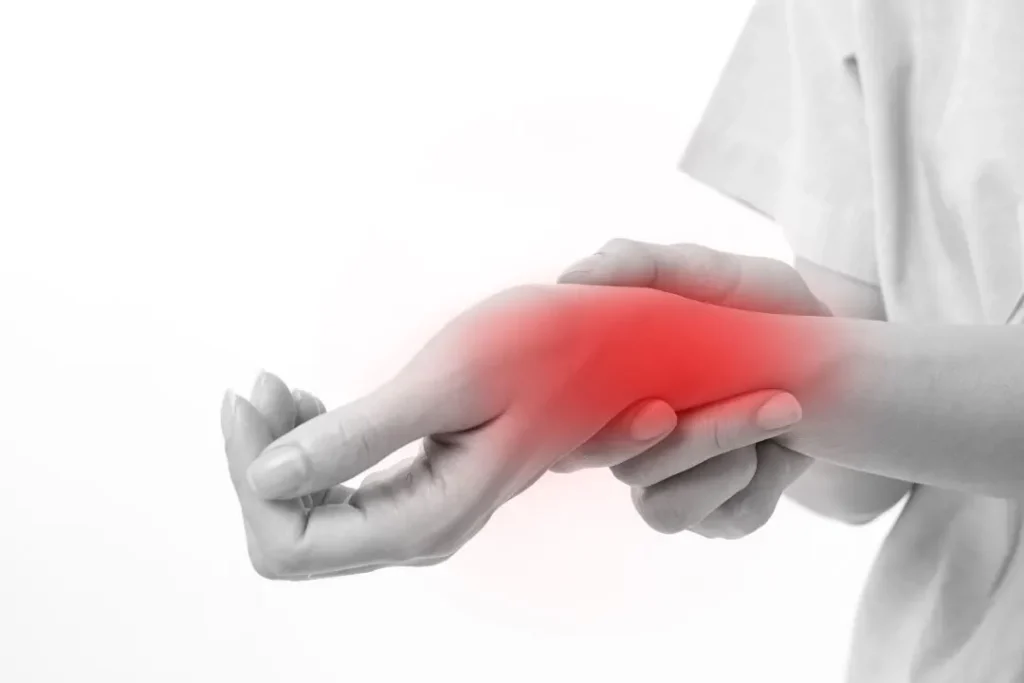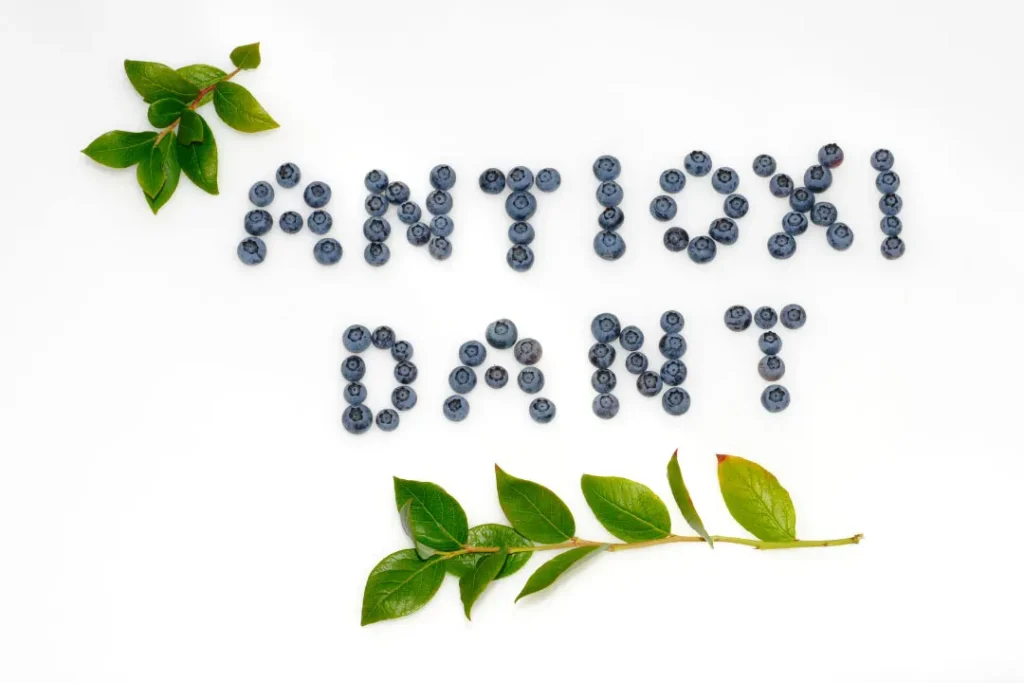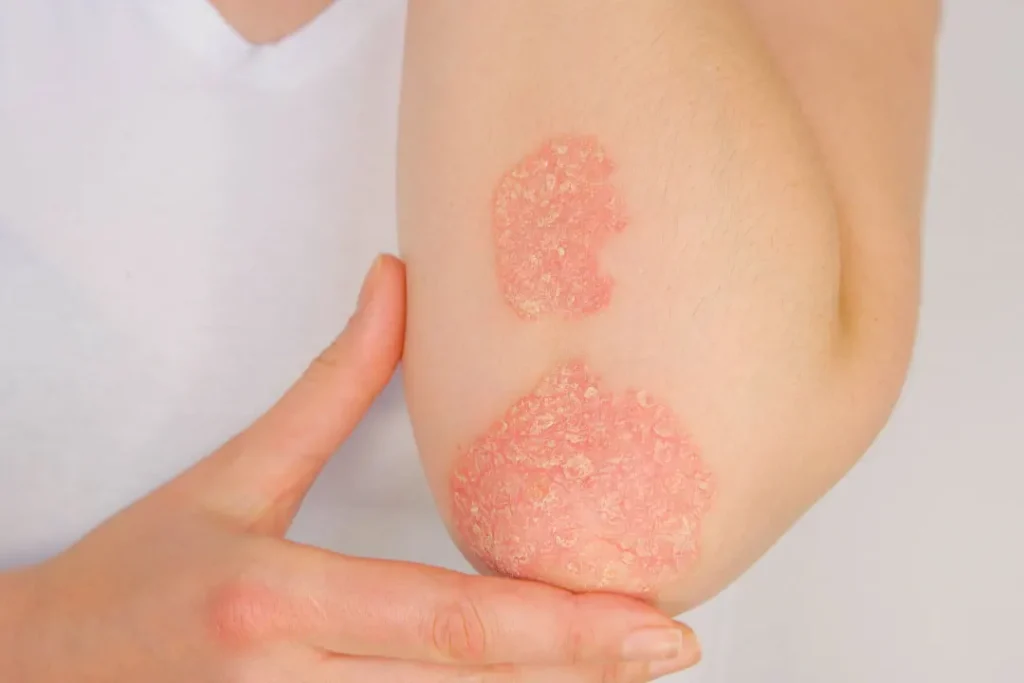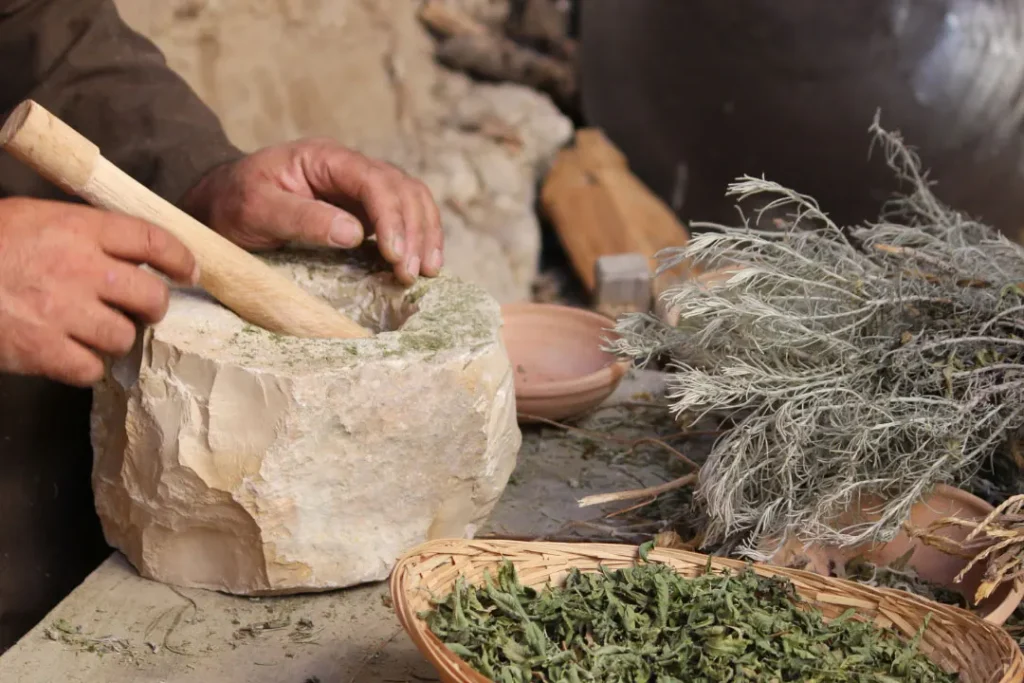The Eastern Red Cedar, or Juniperus virginiana, is an essential element of traditional medicine as well as a part of the North American environment. Despite its name, the Eastern Red Cedar is really a species of juniper rather than a cedar. This coniferous evergreen tree’s extensive array of medicinal uses by indigenous peoples goes back millennia, sparking a wave of curiosity that permeates modern scientific inquiry.
The discussion that follows aims to examine the properties of Eastern Red Cedar, including its phytochemistry, health advantages, suggested dose, possible side effects, and potential drug interactions, as well as other important factors about its best and most responsible use.
You May Also Like:
The Best Mushroom Supplements for Memory: 5 Top Brands Reviewed
Finding the Best Supplements for Brain Fog After COVID: 5 Top Brands Reviewed
Eastern Red Cedar: Benefits, Dosage, Side Effects, Drug Interactions, and Other Important Information is an original (NootropicsPlanet) article.
The Nature of Eastern Red Cedar
The evergreen Juniperus virginiana, sometimes known as Eastern Red Cedar, is a native of eastern North America and a member of the Cupressaceae family. It may reach heights of 30 to 40 meters and thrives in a range of environments, including dry rocky slopes and marshes. Every element of the tree, from its aromatic wood and bark to its needle-like leaves and blue-black berries, has beneficial uses, demonstrating the tree’s adaptability.
Health Benefits of Eastern Red Cedar
The Eastern Red Cedar offers several health advantages, which can be attributed to its phytochemical profile. The essential oils’ historical usage in treating illnesses is a result of their antibacterial qualities. These oils, which are especially high in alpha-pinene, have substantial antibacterial and antifungal effects against a variety of pathogens, making them a potential source of organic antimicrobial agents.
Eastern Red Cedar is used in the treatment of chronic ailments because of its flavonoids’ anti-inflammatory and antioxidant effects. For instance, quercetin has demonstrated promise in the treatment of disorders like diabetes and cardiovascular disease by enhancing endothelial function and lowering oxidative stress.
The tree’s thujaplicins have been shown to have cytotoxic effects on a variety of cancer cells in preclinical investigations, highlighting its potential anti-cancer qualities. Additionally, preliminary research on the substances found in the tree’s neuroprotective properties points to a possible role in the treatment of neurodegenerative diseases.
Chemistry
The wide spectrum of health advantages of Eastern Red Cedar are significantly influenced by its chemical makeup. Particularly monoterpenes, sesquiterpenes, diterpenes, flavonoids, and tropolones are abundant in the tree’s bioactive constituents.
Monoterpenes including alpha-, beta-, myrcene, limonene, and sabinene predominate in the essential oils derived from the wood and leaves of Eastern Red Cedar. Monoterpenes are two-isoprene simple hydrocarbons, and the functional groups on which they are made determine how they behave. An effective antibacterial, antioxidant, and anti-inflammatory compound is alpha-pinene, for instance.
Another important component of the essential oils from Eastern Red Cedar are sesquiterpenes, which are composed of three isoprene units. The main sesquiterpenes in Eastern Red Cedar, cedrol and thujopsene, have antibacterial and insecticidal effects.
The heartwood of Eastern Red Cedar is a plentiful source of diterpenes, complex molecules made up of four isoprene units. The three that have been linked to anti-inflammatory, antibacterial, and antifungal properties are ferruginol, sugiol, and abietic acid, and they are the most significant.

Phytochemistry of Eastern Red Cedar
The Eastern Red Cedar’s potent phytochemical makeup is principally responsible for its medicinal and therapeutic qualities. The tree’s leaves, berries, and wood are where the majority of the bioactive chemicals are found. One of the essential ingredients, making up roughly 2% of the dry weight of Eastern Red Cedar wood, is essential oil. Monoterpenes including limonene, alpha-pinene, and beta-pinene, which have antibacterial, anti-inflammatory, and antioxidant effects, are found in these oils. They also have a range of biological functions.
The polyphenolic flavonoids contained in the tree’s leaf and berries, including quercetin and kaempferol, are another group of active substances. These substances have been acknowledged for their cardioprotective, anti-inflammatory, and antioxidant properties. Thujaplicins, a kind of tropolone molecule with well-known anti-fungal and anti-cancer activities, are also present in the heartwood.

Optimal Dosage
Given the Eastern Red Cedar’s powerful bioactive components, it’s essential to determine the ideal dose in order to optimize health benefits while limiting any negative effects. However, considering the scant number of clinical trials on the usage of this tree in people, there isn’t yet a widely accepted dose. The dose would probably also be influenced by the individual’s age, body weight, and general state of health as well as the intended usage.
Side Effects
The Eastern Red Cedar has potential adverse effects, especially if used excessively, like any strong drug. Constipation, skin rashes, renal problems, and allergic responses are a few possible adverse effects. Therefore, before beginning supplementation with any portion of this tree, it is imperative to speak with a healthcare practitioner.

Potential Substance Interactions
It is important to look into the possibility of drug interactions with Eastern Red Cedar further. Despite the fact that no particular interactions have been discovered to yet, it is conceivable that interactions might take place given the presence of the pharmacologically active substances. The powerful anti-inflammatory and antioxidant chemicals, for instance, may hypothetically interact with medicines that have comparable qualities, either enhancing or attenuating their effects. As a result, those who use prescription drugs or other supplements should talk to their doctor before using Eastern Red Cedar.
Best Responsible
Although the Eastern Red Cedar has long been used as a source of therapeutic and medicinal chemicals, more thorough scientific investigation is still required. For this plant to be used to its greatest potential ethically, knowledge of its phytochemical makeup, health advantages, dosage, side effects, and potential drug interactions is essential. The available data indicate positive health effects, but further human studies are required to completely understand the therapeutic potential, ideal dose, and safety profile of the Eastern Red Cedar.

Eastern Red Cedar:
Conclusion
The powerful essential oil composition in the Eastern Red Cedar gives off a lovely aroma and contains loads of physiological benefits that can soothe ailments such as symptoms of heart disease, oxidative stress, and bacterial infections. Whether you are using the essential oils for bodily health, aromatherapy, cleaning up a space, or repelling insects, Eastern Red Cedar is a versatile and effective solution.
Eastern Red Cedar offers a natural, fragrant way to care for your home and personal space, but it is important to use it responsibly for the best possible results. Extracting the beneficial essential oils from this tree and using them as in a topical remedy or supplement form is recommended, but perform a patch test first before applying anything to your skin.
References:
- “Bioactive compounds from Juniperus virginiana L. heartwood extracts.” Retrieved from: https://pubmed.ncbi.nlm.nih.gov/21310461/
- “The Essential Oil of Juniperus virginiana L. (Eastern Red Cedar) as a Natural Antimicrobial Food Preservative.” Retrieved from: https://www.tandfonline.com/doi/abs/10.1080/10412905.2009.9700227
- “Evaluation of Eastern Red Cedar (Juniperus virginiana L.) Oil for Topical Anti-Fungal Application.” Retrieved from: https://www.researchgate.net/publication/309632409_Evaluation_of_Eastern_Red_Cedar_Juniperus_virginiana_L_Oil_for_Topical_Anti-Fungal_Application
Important Note: The information contained in this article is for general informational purposes only, and should not be construed as health or medical advice, nor is it intended to diagnose, prevent, treat, or cure any disease or health condition. Before embarking on any diet, fitness regimen, or program of nutritional supplementation, it is advisable to consult your healthcare professional in order to determine its safety and probable efficacy in terms of your individual state of health.
Regarding Nutritional Supplements Or Other Non-Prescription Health Products: If any nutritional supplements or other non-prescription health products are mentioned in the foregoing article, any claims or statements made about them have not been evaluated by the U.S. Food and Drug Administration, and such nutritional supplements or other health products are not intended to diagnose, treat, cure, or prevent any disease.


